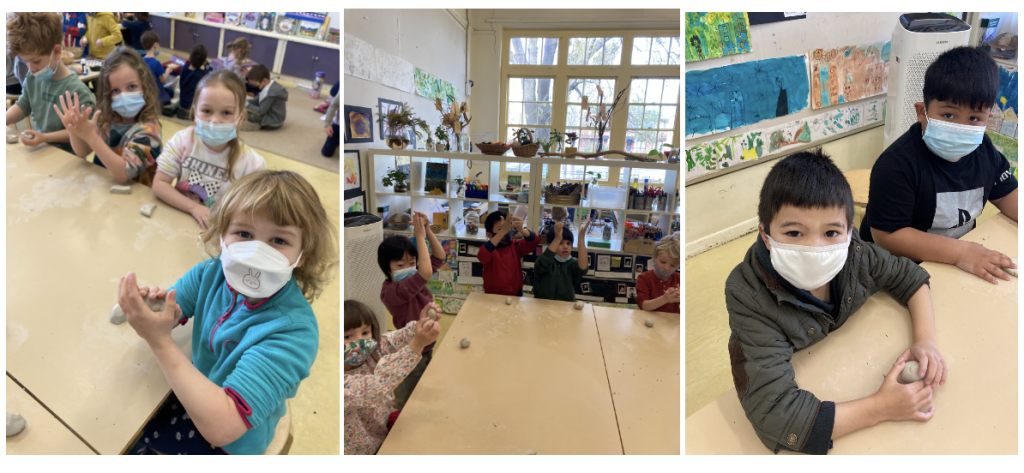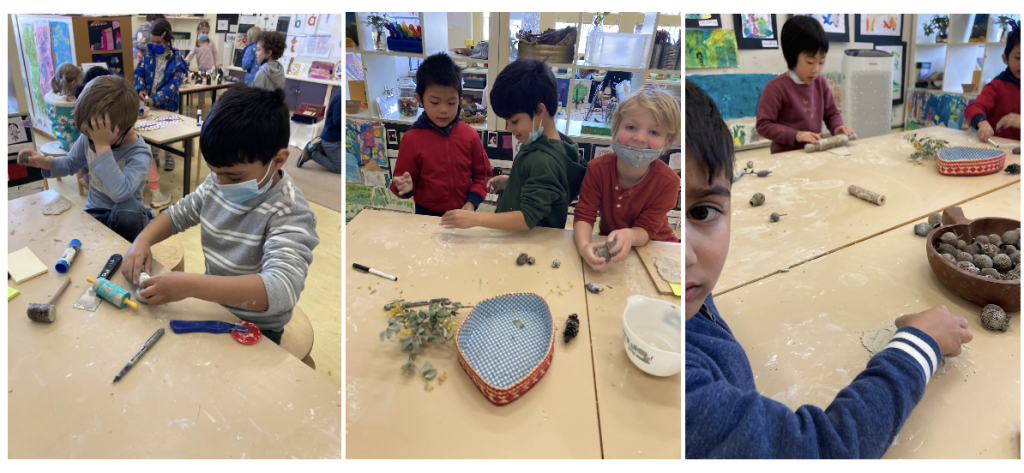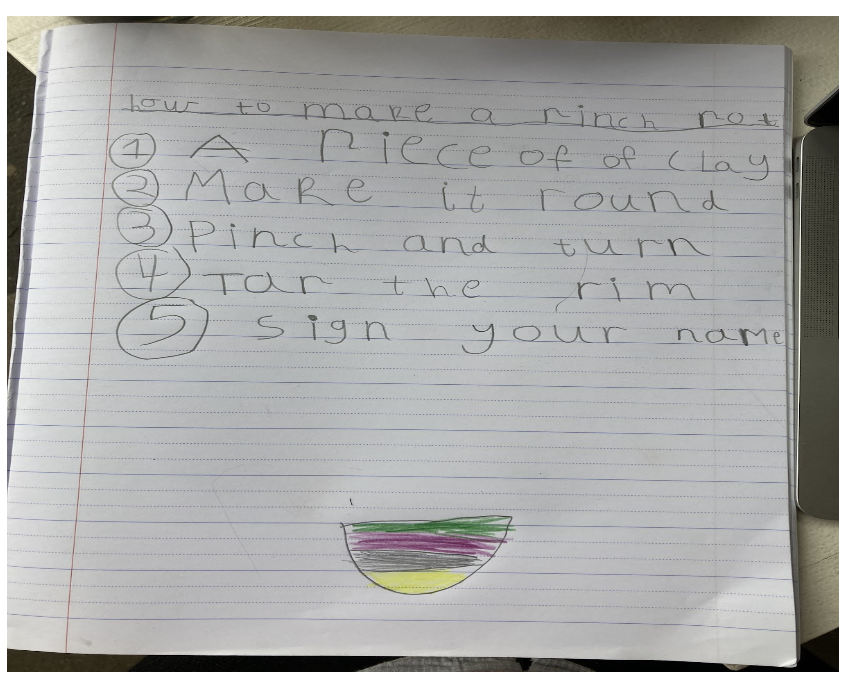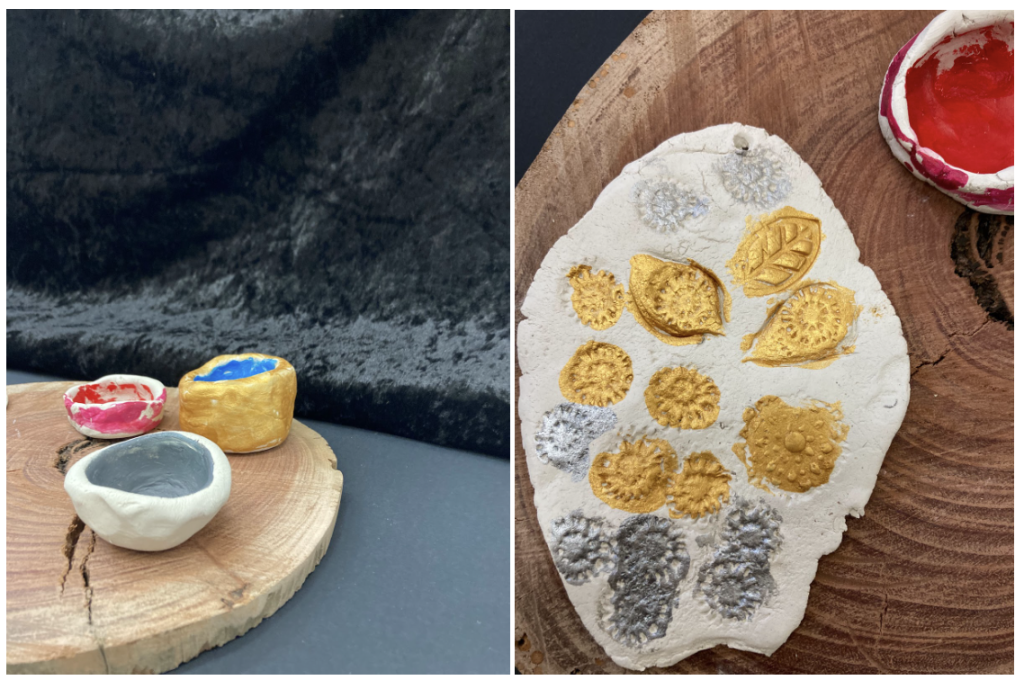Clay is a wonderful medium. It allows for exploration that builds over time, based on a child’s individual needs and interests. Working with clay is very supportive of a child’s fine motor skill development. Clay is an extremely responsive material which makes it even more appealing to young children. It has therapeutic qualities which benefit children, helping them to emotionally self-regulate and bringing a sense of inner peace which soothes.
In the Prep Neighbourhood we have been introducing clay by explaining its origins, asking several questions to promote the children’s interest and inquiry and modelling how to manipulate it.
Our conversation began around discussing the idea that clay is a natural material, and it continued with a discussion about items that can be made with clay. One of the common items made with clay are garden pots. After our discussion, we decided to make pinch pots to begin our learning journey into the world of clay together.
It was lovely to observe the children beginning their own exploration of the clay material with their hands being the only tools they needed to start. To begin with, they created various shapes, broke the clay up into pieces and built their own creations from the pieces of clay.

Once the children had become familiar with the clay and how to work with it, we started to explain the steps to making a pinch pot, as can be seen in the images shown below.

After the children worked their way through the steps and made their pinch pots, some wrote up the procedure and asked me to take photographs of the steps.

Clay work is just as important for young children as drawing and painting because it enables them to explore, express and communicate their feelings and ideas using their hands to manipulate a solid, malleable material. The beauty of clay is that it enables children to express an idea in three dimensions. Using clay, a child can depict an object in the round – with a front and back, sides and even an inside and underneath!
The plan going forward is to paint these pinch pots and the plaques, which will become botanical imprint ceramic wall hangings. Some examples are shown in the images below.

